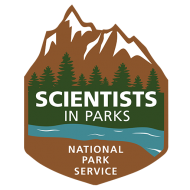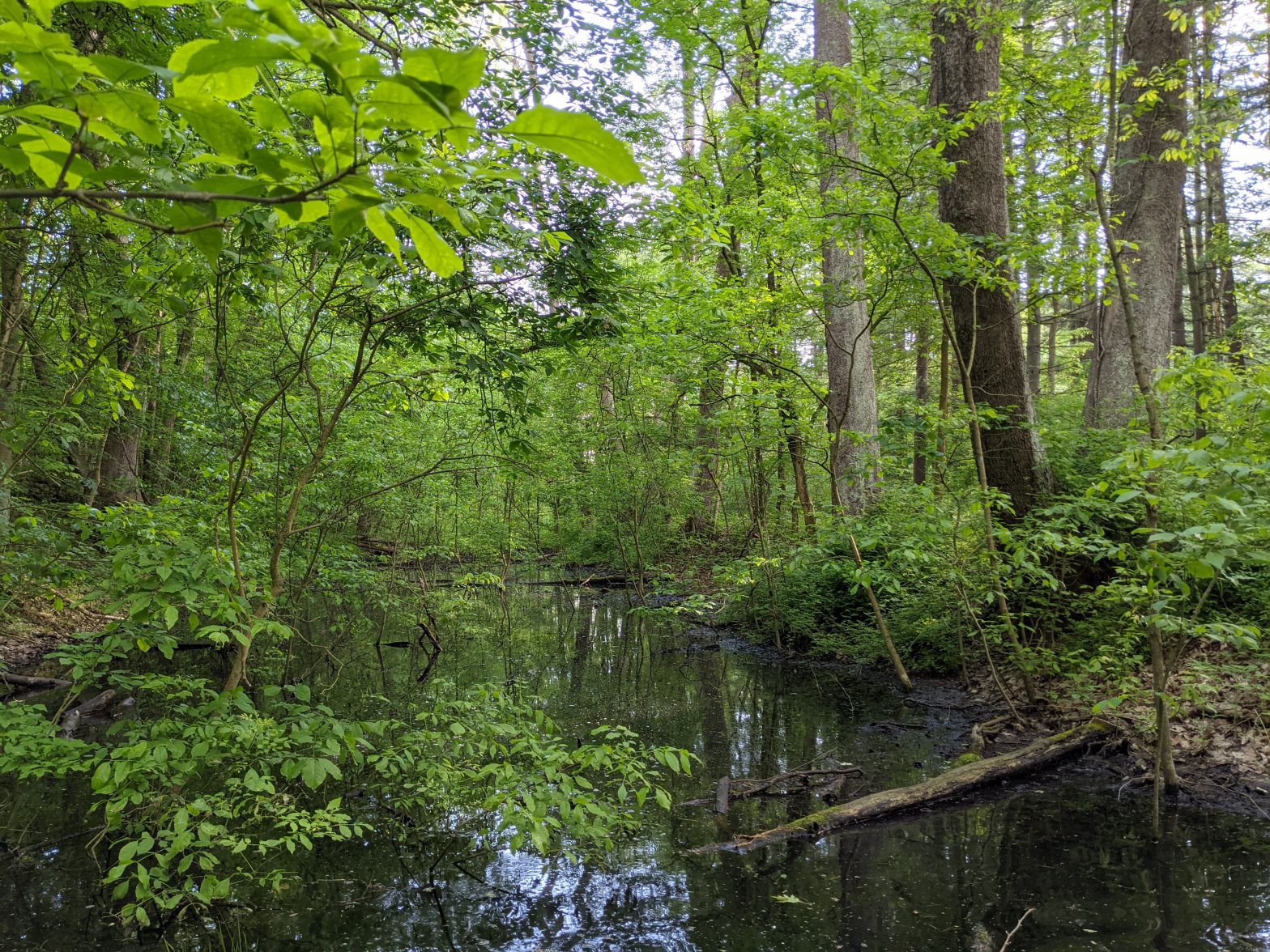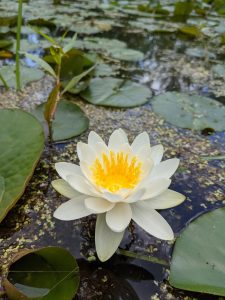
As I continue with my surveys of the Ohio and Erie Canal, the need for rethinking management strategies is becoming more apparent to maintain the many various wetland habitats that have taken hold within the canal embankments. Given the long and fairly linear nature of the canal, one would think that hydrologically it would function more so as a river. However, because of the varied terrain, gradual elevation increases and decreases, man-made dams, and the highly varied depth of the canal prism (the area between the embankments), this is actually not the case. Often there are long stretches of the canal that are inundated with water year-round. These areas tend to have higher, more steep embankments on either side and a narrower prism width. Areas of the canal with this structure usually form marsh-like ecosystems, which contain many plant species that can only grow in these super saturated environments. Additionally, they are hot spots for wildlife such as turtles, frogs, and a litany of wetland-loving bird species.
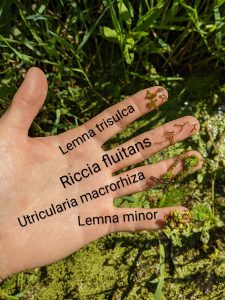
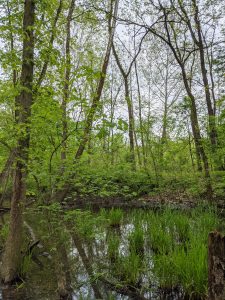
In other parts of the canal, where the embankments are not as tall and the canal prism base is more uneven and wide, shrubby sedge meadows, Elm-Ash bottomland forest, and Sycamore floodplain forest communities take hold.
Unfortunately, the unique habitats found between the canal embankments do not exist without being at risk. Unnatural changes to their hydrology almost always degrade these areas. This often occurs in areas where culverts are installed to redirect water flow. As one walks along the Ohio and Erie Canal it is easily deduced that a culvert is the cause, as invasive plant species such as Reed Canary Grass (Phalaris arundinacea), Multiflora Rose (Rosa multiflora), and Privet (Ligustrum vulage) begin to take hold.
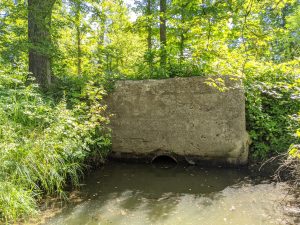
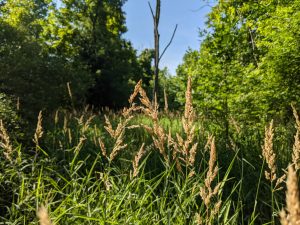
There are always exceptions to this, however. In a particularly hydrologically dynamic section of the Canal where there is a man-made earth bridge for easy access to a path intersection, I discovered a population of the state threatened Sharp-Scaled Manna Grass (Glyceria acutiflora). This rather picky grass species prefers shaded mucky ground that experiences periodic draw downs in the water level. A large culvert installed under the earth bridge merely feet away from the population provides the perfect conditions for this species to flourish. Unlike the majority of the culverts that have been installed in the Canal, which drain water out and directly into the nearby Cuyahoga River, this one actually assists with water movement within the Canal prism. Its placement, running north to south along the Canal, as opposed to most other culverts which run perpendicular to the Canal (east to west), allows the free movement of water within the Canal. A carefully considered plan for culvert placement and storm water management that takes into account surrounding ecosystems, including wetlands, would benefit the whole of the Ohio and Erie Canal.
